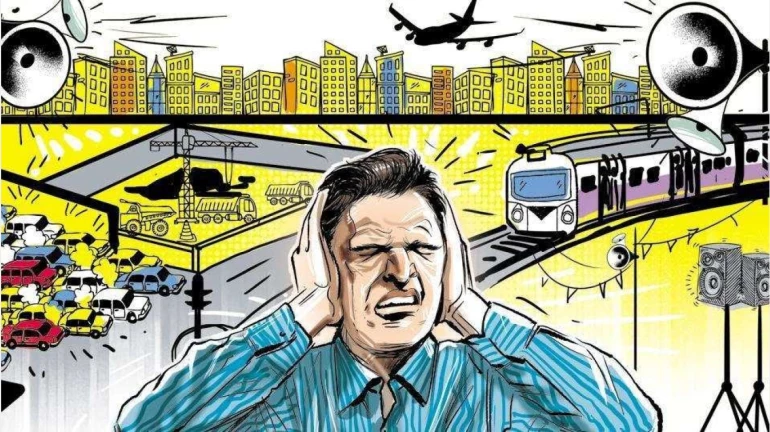
Noise pollution defined as unwanted or disturbing sounds. It receives far less attention than air or water pollution because it cannot be seen, tasted, or smelled. Noise pollution is dangerous; it has negative long-term impacts on humans, marine life, and terrestrial life and hampers biodiversity.
As cities continue to grow, noise pollution is becoming a threat to the environment. There are many sources of noise pollution in residential environments such as in a poorly planned housing system (side-by-side industrial and residential buildings), plumbing, boilers, generators, air conditioners, fans, vacuum cleaners and various kitchen appliances. Outdoor noise pollution is mainly due to road noise, city traffic noise, rising construction activities, festivals, religious places, public gatherings, and private functions.
Giving more information about this, Dr. Binhi Desai ENT and Voice Surgeon-
The WHO classifies noise above 65 dB as pollution. Road noise and city traffic noise pollute the most. Car horns are 90 dB, and bus horns are 100 dB. There are fewer airplanes flying over cities than cars on the highways, but each aircraft produces 130 dB. Construction activities like drilling emit 110 dB. Every year the noise level increases by one decibel (db) in Mumbai.
According to a preliminary study, the city is becoming increasingly noisy and this year, the average noise levels have touched 78 db while the recommended day-time norm for residential areas is 55 db.





